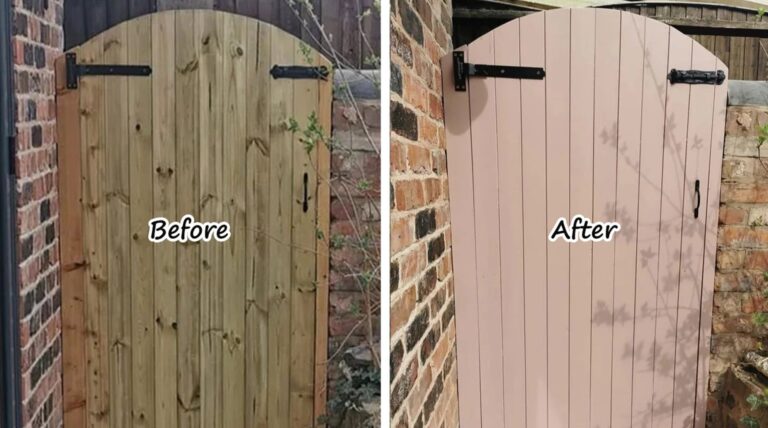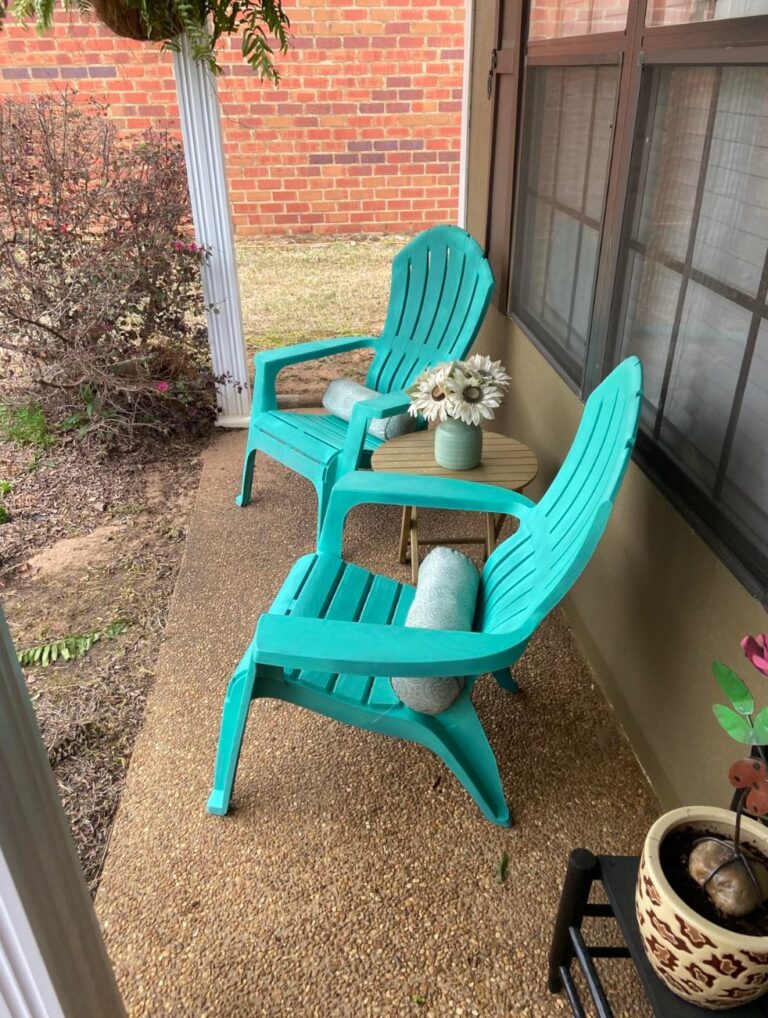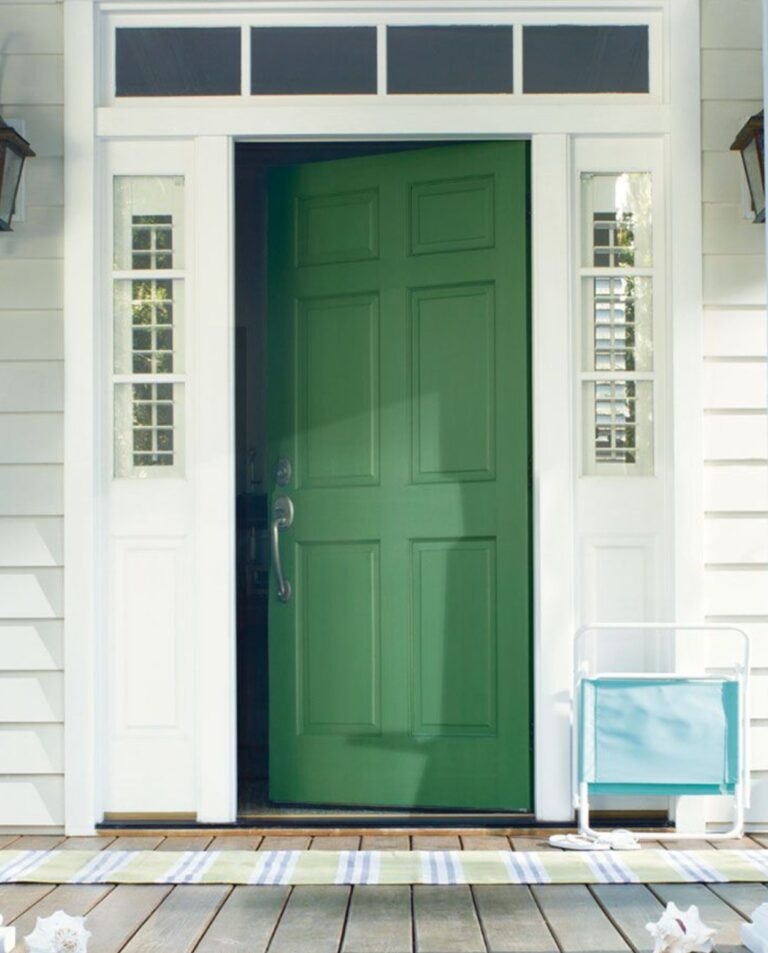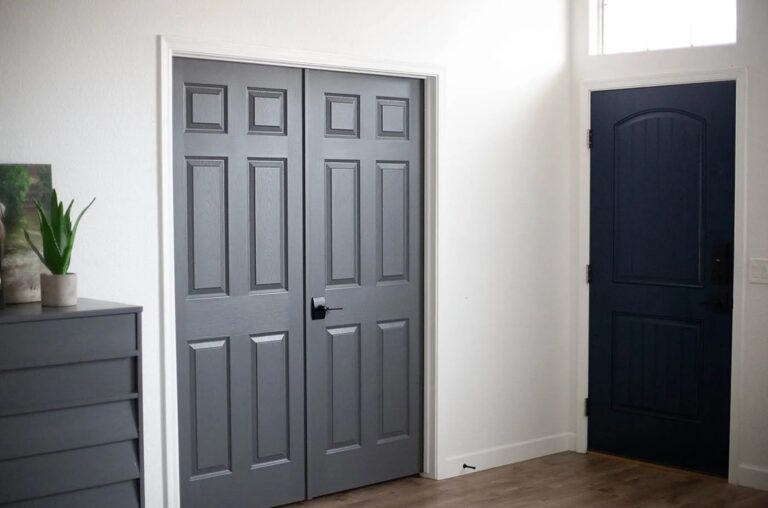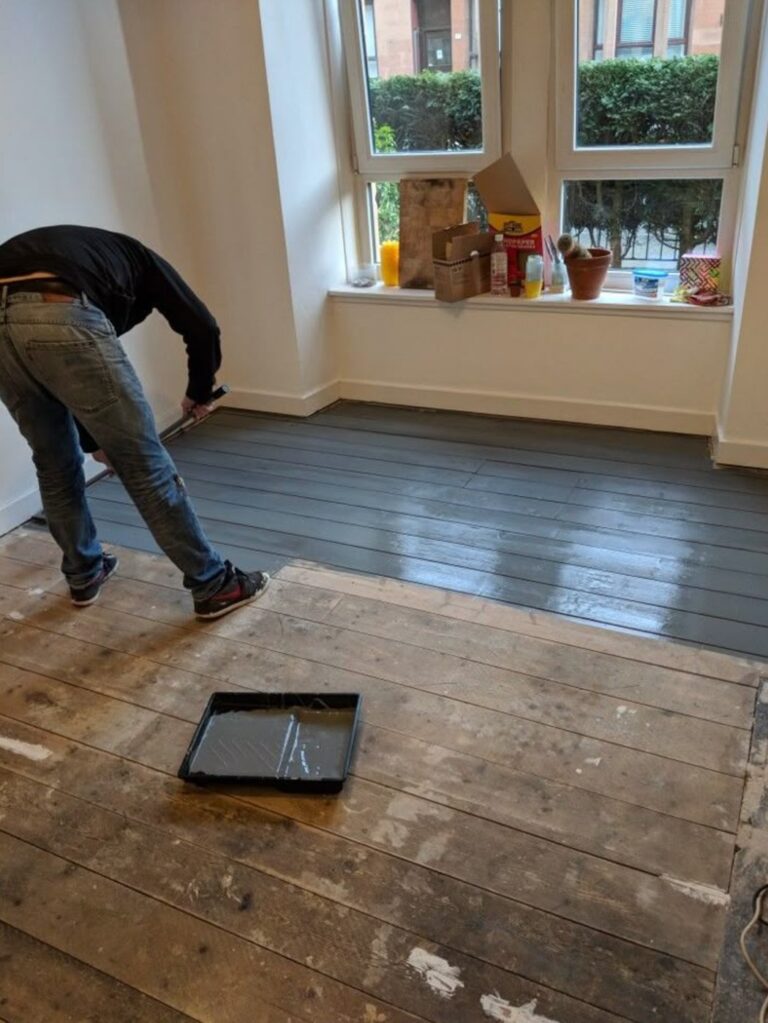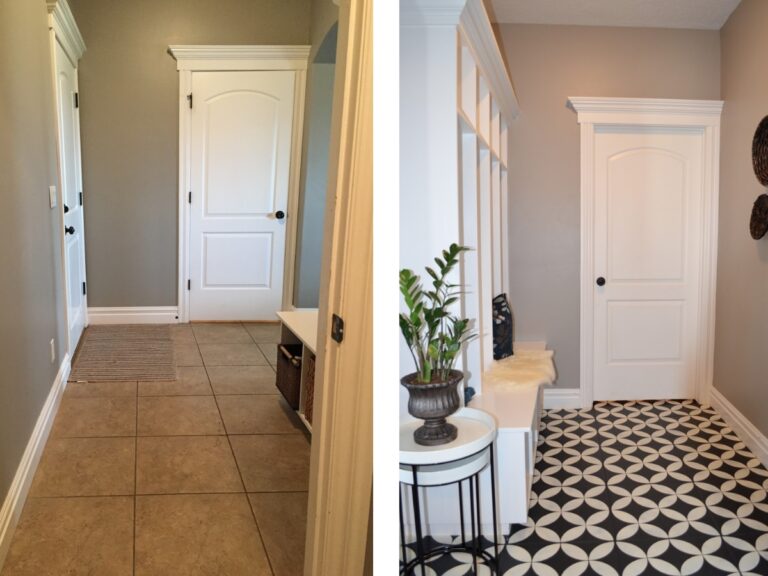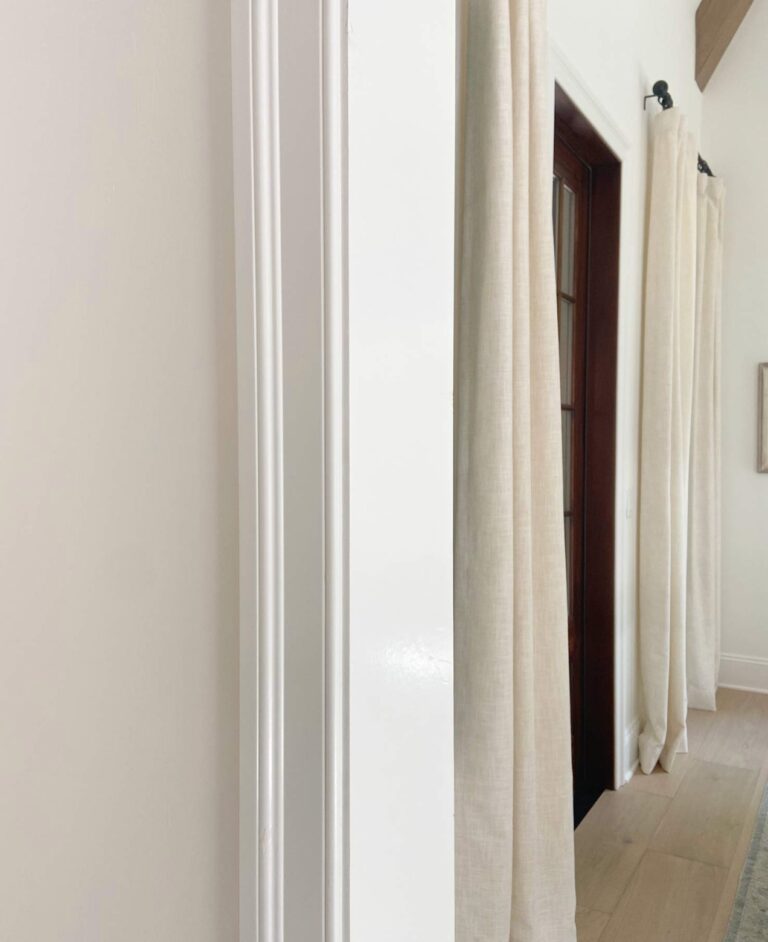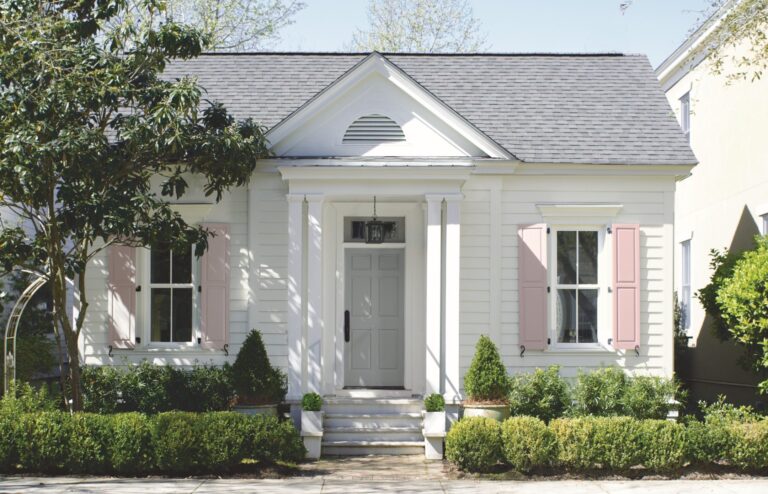Painting metal can be challenging for DIY enthusiasts. Many worry that choosing the wrong paint will ruin the surface or start peeling off in no time. But working with metal isn’t actually any harder than other materials – you just need to keep a few key things in mind.
Your choice of paint doesn’t just affect how things look – it’s crucial for protecting against corrosion. The right coating can protect the metal for decades, while the wrong one might let rust creep in within months. You’ll also need to think about what kind of metal you’re working with – the paint you’d use on galvanized steel is quite different from what works on cast iron.
In this article, I’ll walk you through the best paints for different metal surfaces, share some tried-and-true brands, and show you how to prep your metal properly before painting.
What Makes a Great Metal Paint?
The main thing you want from metal paint is protection from moisture and durability against impacts. Without these qualities, metal will start rusting pretty quickly, especially outdoors, where rain and temperature swings can do a number on it.
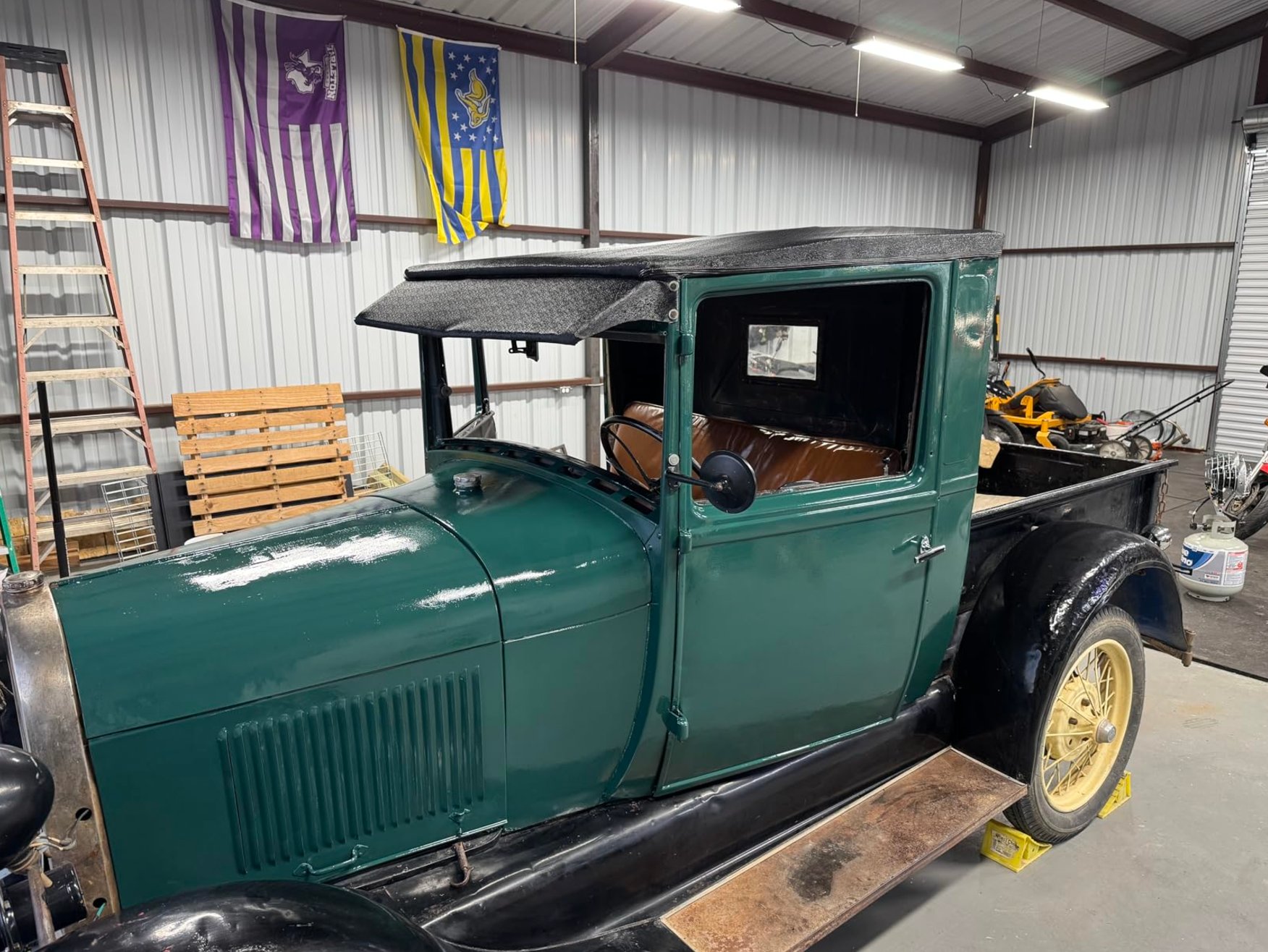
source
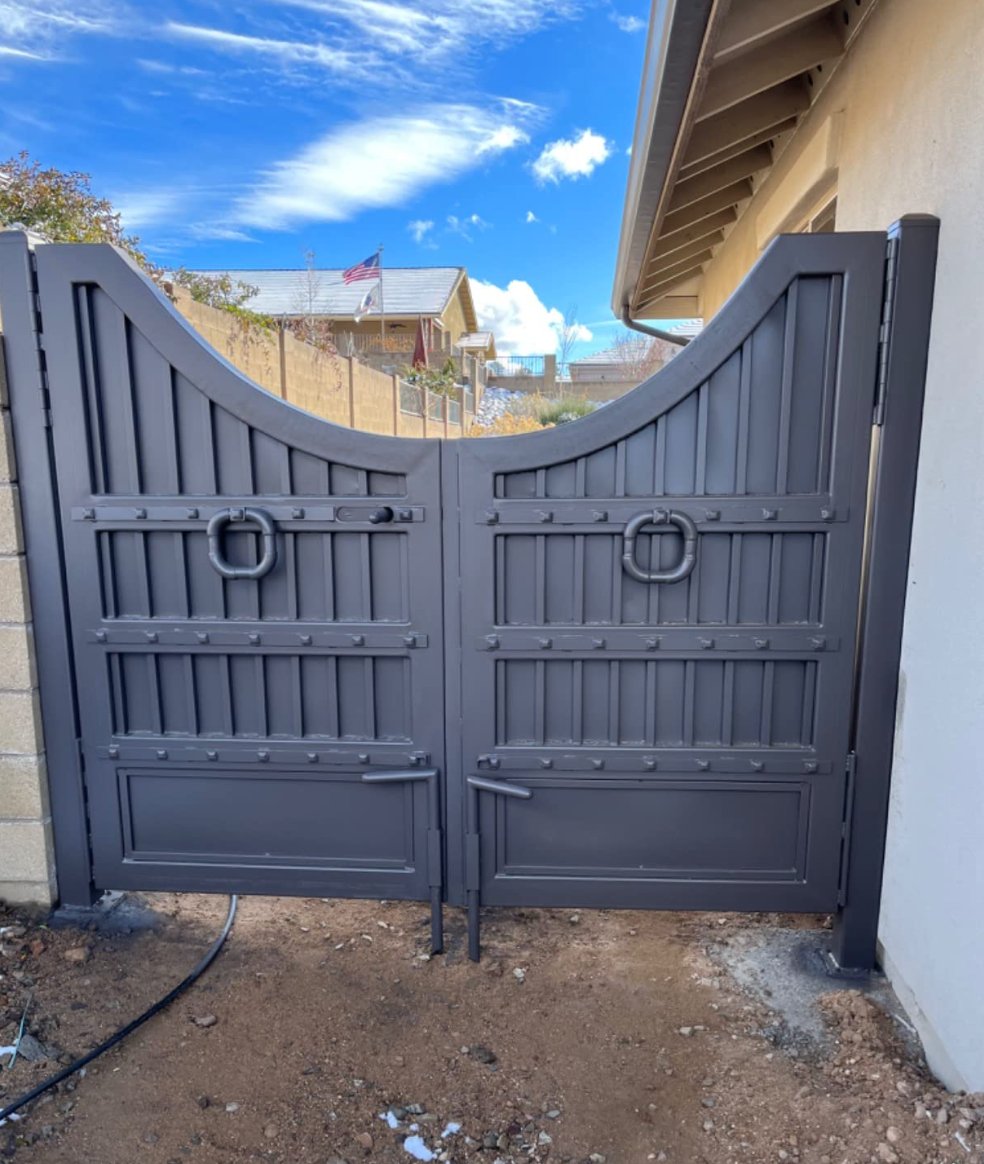
source
Oil-based and water-based paints each have their strengths. Oil-based paints create such a hard finish that water just beads right off, and they can take a beating without scratching. The downside? They’re pretty pricey – $40-70 per gallon. But they’re perfect for outdoor stuff like garden furniture and fences. Water-based acrylics are more budget-friendly ($20-50) and more user-friendly too – they dry faster and don’t smell as strong. Once dry, they create a flexible coating that won’t crack. They’re great for indoor pieces like bed frames, wall lights, and bedside tables.
Then there are specialty paints for specific needs. If you’re painting a grill or radiator, you’ll want heat-resistant paint – regular paint will just bubble up and flake off. For high-moisture areas, you can find paints with built-in rust protection.
How you apply the paint matters too. For large, flat surfaces like fences, rollers, or brushes work great. But for anything with intricate details like decorative chairs or ornate bed frames, spray paint is your best friend. It gets into all those nooks and crannies and leaves an even coat.
Best Metal Paints and Why
The type of metal you’re working with determines which paint and primer you should use, plus how to apply them. That’s why I’ve broken this guide down into non-ferrous and ferrous metals.
Ferrous metals are the ones containing iron – think steel, cast iron, and wrought iron. There’s an easy way to identify them: if a magnet sticks to it, it’s ferrous. These metals tend to rust, so they need special attention when painting.
Non-ferrous metals include aluminum, copper, stainless steel, and zinc. They’re typically lighter and more workable, and you’ll often see them in gutters and stairs. Magnets won’t stick to these. Galvanized metal is a special case – it’s steel with a zinc coating. Even though it’s technically ferrous metal underneath, you need to treat it like non-ferrous metal because of that zinc layer.
Best Paints and Primers for Non-ferrous Metals
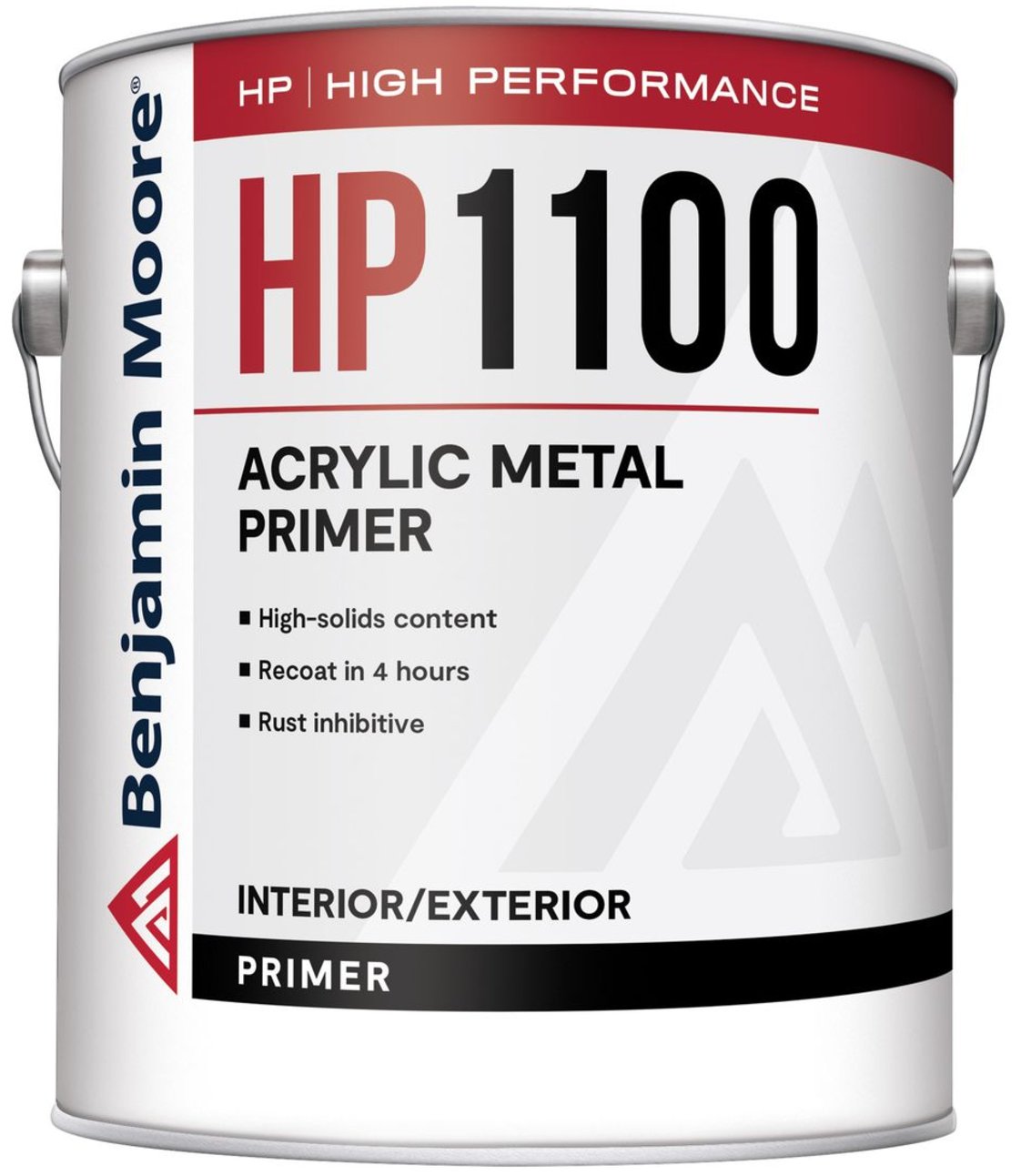
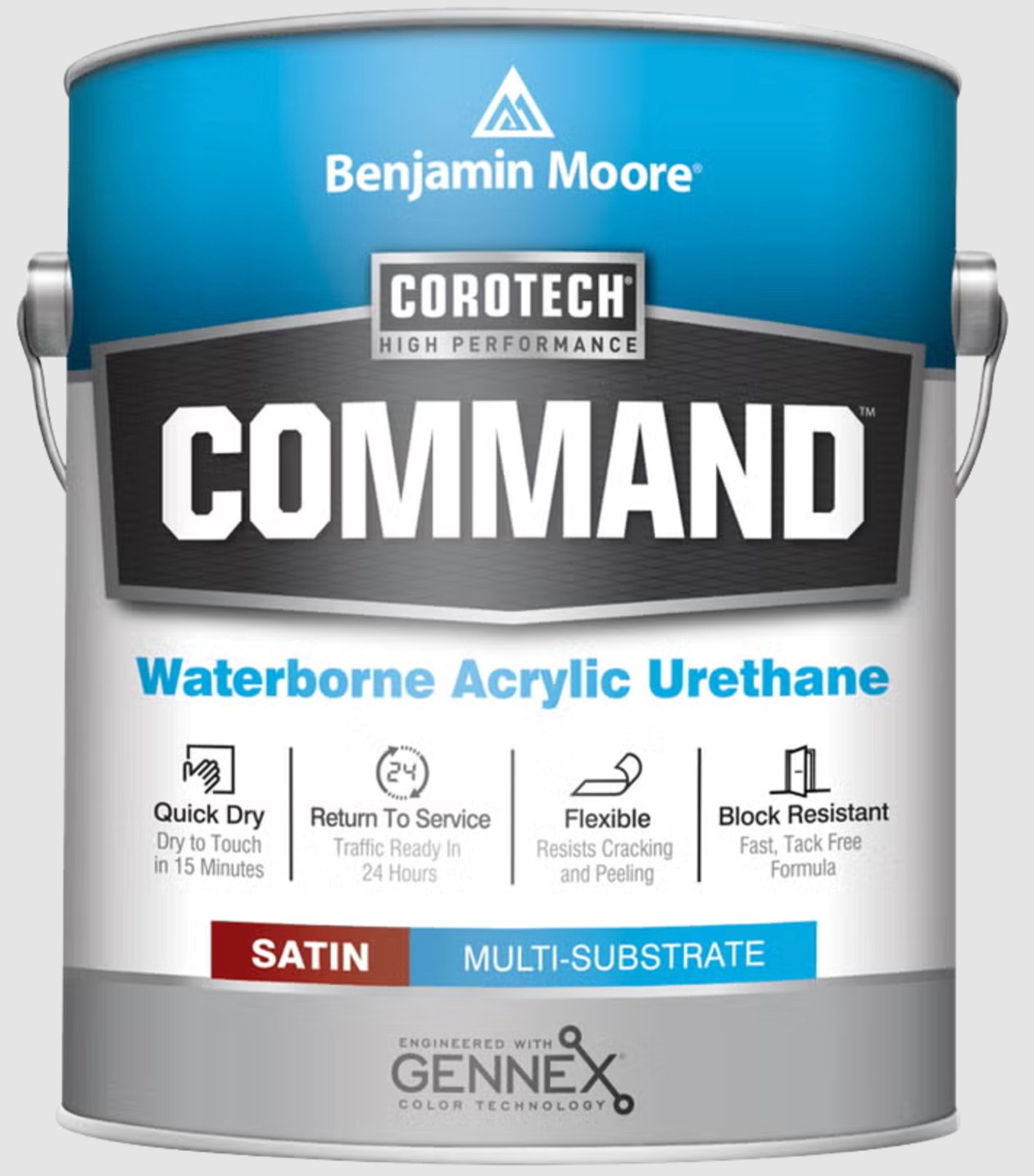
Do you know those pretty copper light fixtures or aluminum window sills in your home? Those are what we call non-ferrous metals, along with brass door handles and copper gutters. They can be tricky to paint – these metals are pretty finicky and need special care. You’ll want water-based paints that really bond to the surface and won’t crack over time. I’ve had fantastic results with Benjamin Moore Acrylic Metal Primer and Corotech Waterborne Enamels.
Speaking of Waterborne Enamels – this stuff is incredible. It dries in just 15 minutes! After an hour, the surface is tough enough that you could practically do gymnastics on it, and if you’re painting a floor, it’ll handle forklift traffic after just 24 hours. The best part? The coating stays flexible – no cracking or peeling, no matter how much wear and tear it gets.
Sure, these paints aren’t cheap, but they’re worth the investment. However, if you’re new to painting metal or working with a tighter budget, there are some solid, affordable options:
Rust-Oleum Zinsser Cover Stain spray is a great primer, and for paint, try Rust-Oleum Stops Rust (for brush application) or Krylon ColorMaster Paint + Primer (for spray application). They do a decent job protecting the surface – you’ll just need to touch them up more often.
Best Paints and Primers for Ferrous Metals
Now, ferrous metals are your basic iron and steel – they’re everywhere in our homes. Think of that garden table that rusts every time it rains, your radiators, even your kitchen knives.
The problem? Give them a hint of moisture, or just leave them out, and they’ll start rusting. That’s why you need alkyd paints – they’re much better than regular acrylic paints, like a protective shield against corrosion.
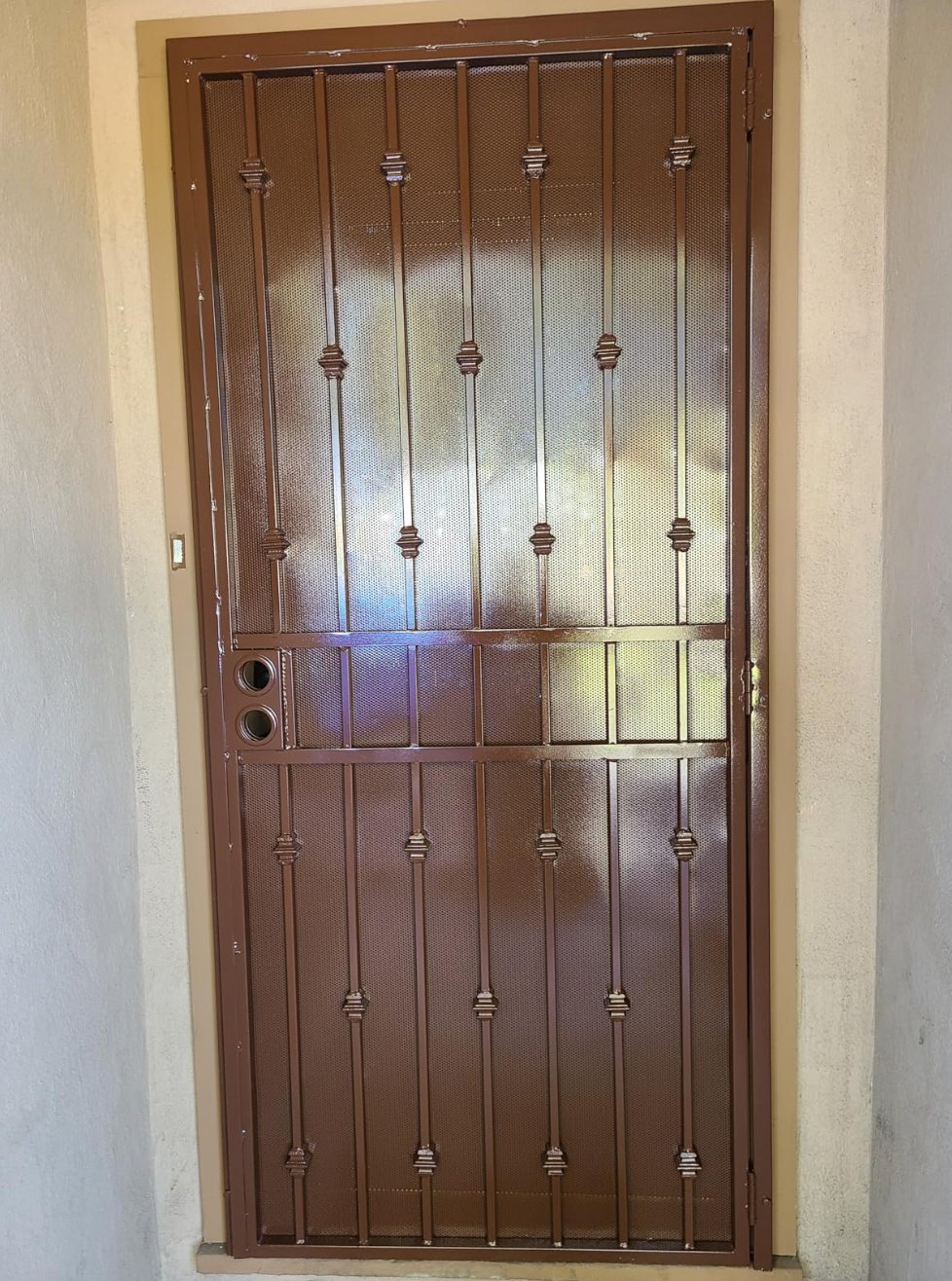
source
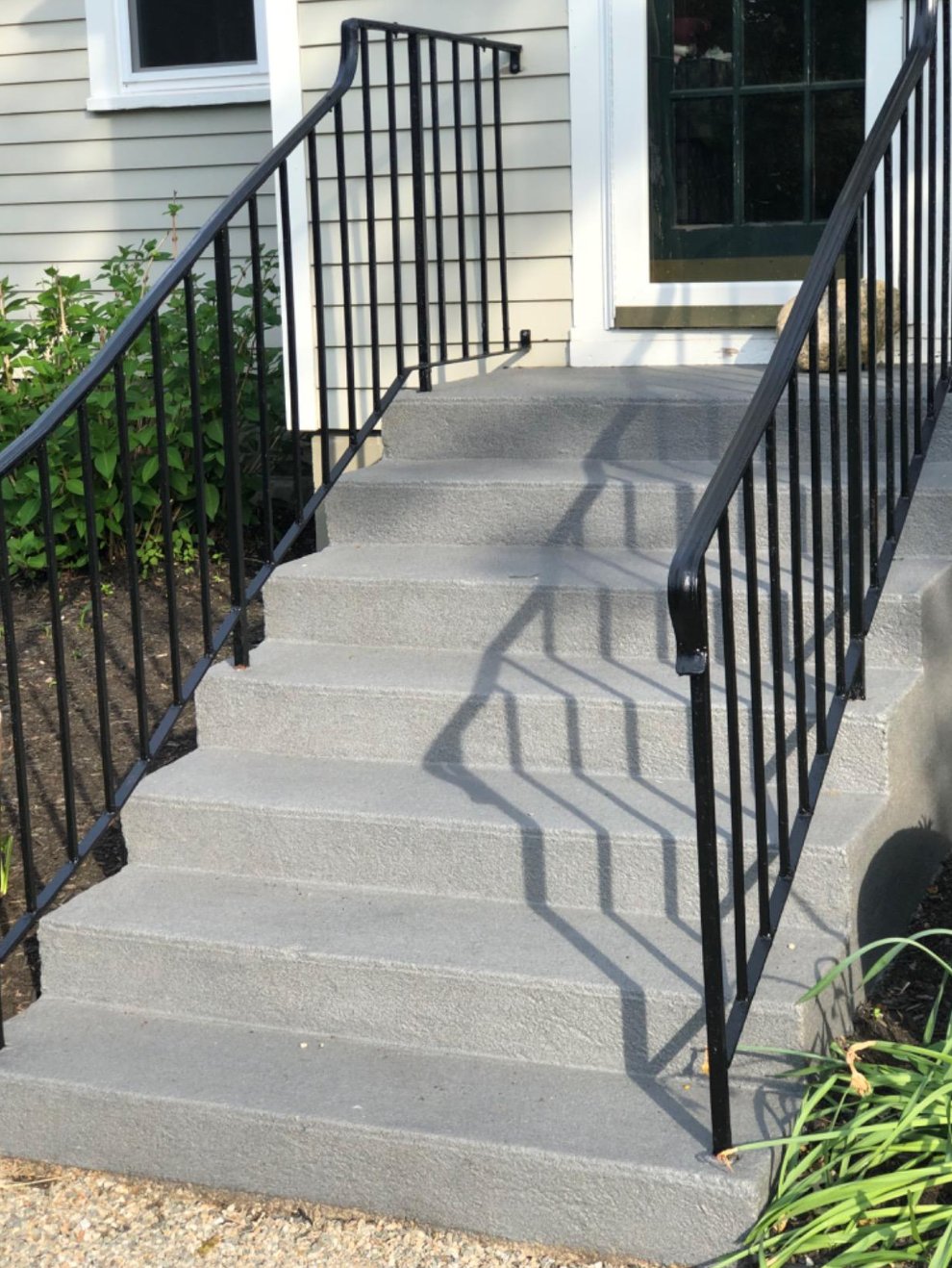
source
Benjamin Moore Corotech’s Prep All Universal Metal Primer is perfect for ferrous metals. It stops rust and dries super fast – you can walk by it after 30 minutes and add another coat in 4 hours. Their Alkyd Urethane Enamel is fantastic too. It goes on smooth as silk, no drips or mess. It won’t scratch easily or fade in the sun – your metal outdoor furniture will still look fresh years later.
Like with non-ferrous metals, you can go with quality universal products. They work well but need more frequent repainting – though they’ll save you money compared to BM.
Rust-Oleum Zinsser Cover Stain spray is a solid primer that handles stains well and doesn’t need sanding. For the topcoat, grab either Rust-Oleum Stops Rust or Krylon ColorMaster.
How to Paint Metal
- Surface Prep. Good metal painting starts with a clean surface. Grab a rag, wet it with denatured alcohol, and wipe everything down thoroughly. Watch out for oil spots – they’re your worst enemy when painting. Let the metal dry completely after cleaning.
- Dealing with Rust and Old Paint. Here comes the fun part – tackling rust. Get a wire brush and work in circles until you hit clean metal. Scrape off old paint, then smooth it with 80-120 grit sandpaper. Finish by wiping with a damp cloth to get rid of dust.
- Priming. Use alkyd primers for ferrous metals and universal primers for non-ferrous ones. Apply thin, even coats. Go with synthetic brushes for water-based stuff and natural bristles for alkyd. Give it 24 hours to dry at 70°F.
- Painting. Work between 50-85°F. Overcast days with 40-70% humidity are perfect. Avoid direct sun – it’ll dry the paint too fast and mess up your finish. Do 2-3 thin coats, waiting 4-6 hours between each. The surface will be dry in 72 hours, but give it a week before putting heavy stuff on it.
- Pro Tips. Always check the weather – you need 48 hours without rain after painting. Use gloves and a respirator, especially with alkyd products. Try a short-nap roller or spray gun at 2000-2500 PSI for tricky surfaces – you’ll get great results.

